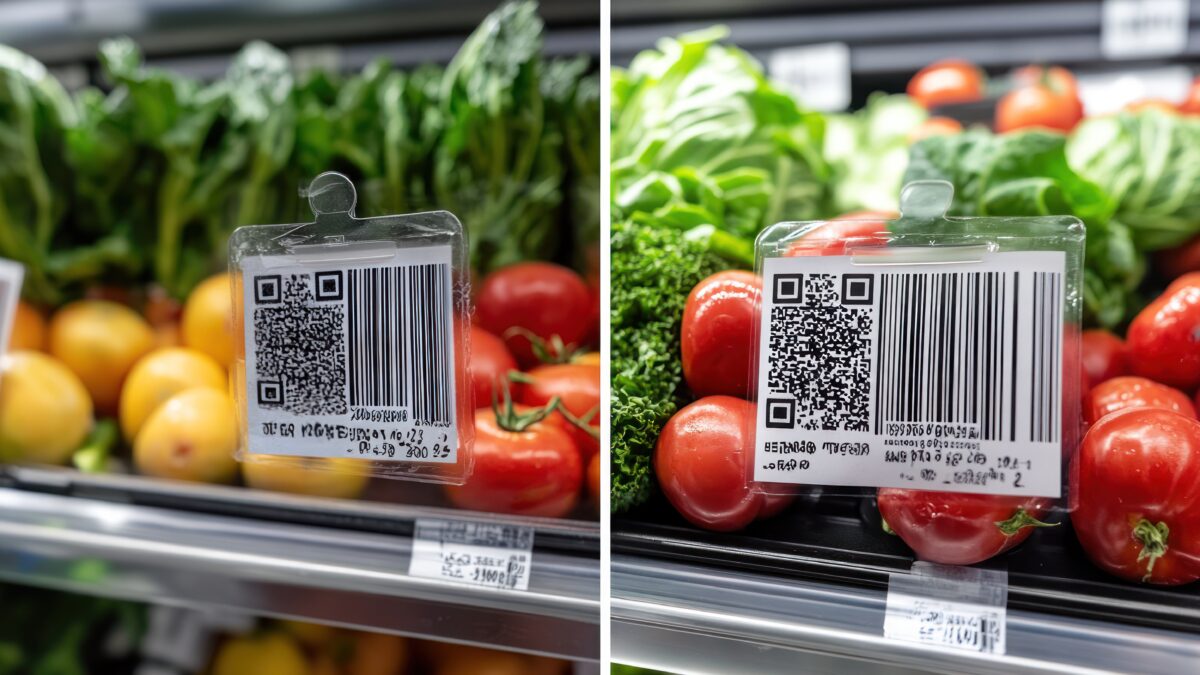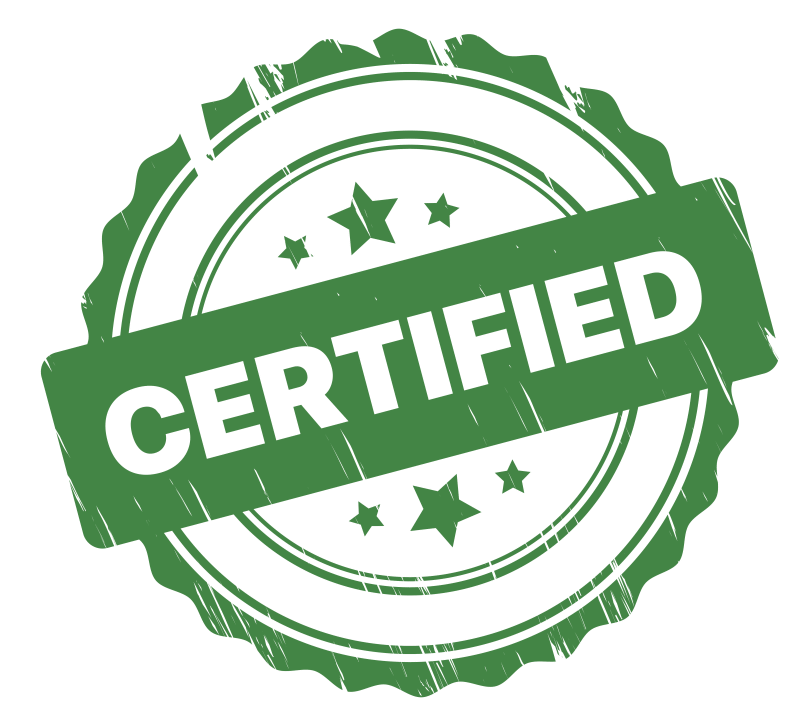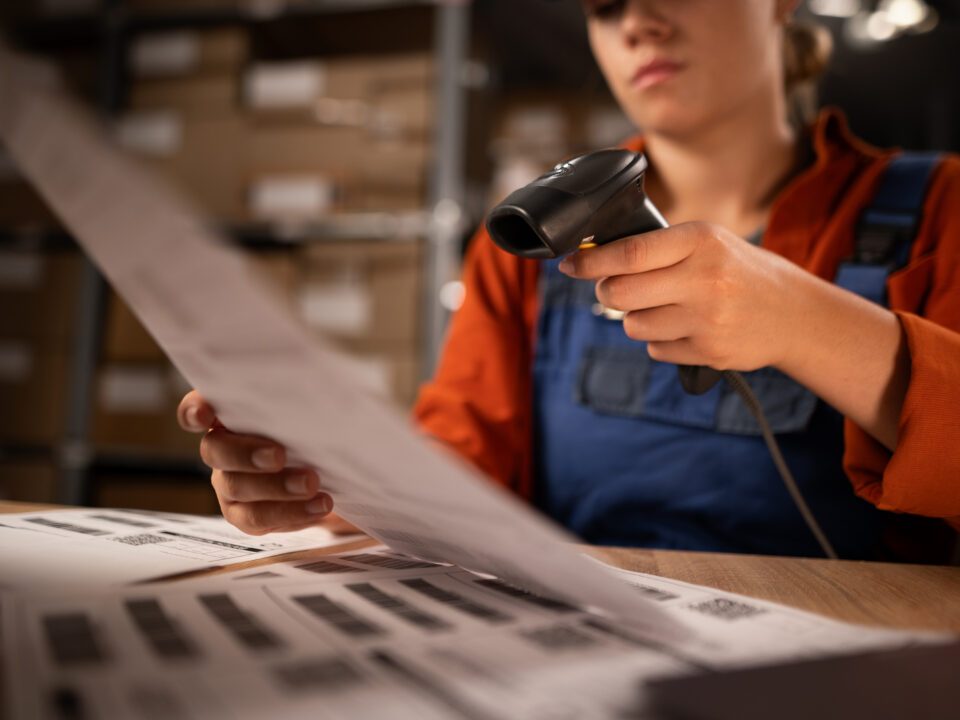
How Data Becomes the Power Behind Supply Chain Control
August 12, 2025
Goods Recall: Unwanted Events
October 7, 2025When you pick up a product in a supermarket, the very first thing you notice is the label. For most consumers, that small piece of packaging is the main source of trust. It tells them what’s inside, how to store it, when to eat it, and often, why they should choose it over another brand. In Europe, where food regulations are strict and consumer expectations are high, the label is far more than a legal requirement—it’s the meeting point of food safety, quality assurance, and marketing.
At Altinteg, we see labeling as both a compliance tool and a marketing opportunity. Companies that approach it this way not only stay safe in terms of regulations, but also gain a competitive advantage in the marketplace.
Compliance: Getting the Basics Right
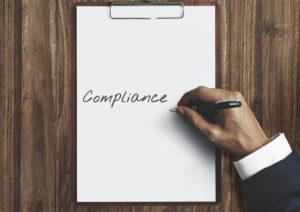
The starting point for every label is compliance. In the European Union, Regulation (EU) No 1169/2011 sets out exactly what must appear on a food label. From the product name and ingredient list to allergen information, net quantity, nutritional declaration, and shelf-life, nothing can be left to chance. Even details like storage conditions or the origin of certain products are tightly controlled.
Why does this matter so much? Because every line of information on a label is connected to consumer safety. An undeclared allergen can put lives at risk. A missing “use by” date can cause food poisoning. Incorrect storage instructions can ruin a product and lead to waste. For businesses, mistakes mean more than penalties—they mean loss of trust.
That’s why quality assurance teams need to be involved in label creation from the very beginning. At Altinteg, we work with companies to ensure their labels always meet the latest EU standards and adapt quickly when regulations change. It’s the first layer of protection—for both the consumer and the brand.
Beyond Compliance: Adding Useful Information
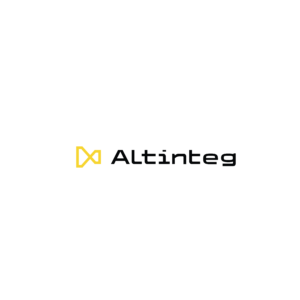
But a label is more than just the law on paper. Modern European consumers want clarity, transparency, and reassurance. They want to know not only what’s in the product, but also where it came from, how it was made, and whether it fits into their lifestyle.
This is where useful, voluntary information plays a key role. Adding dietary symbols such as “vegan” or “gluten-free,” or using 2D codes that provide traceability data, helps consumers make fast, informed decisions. Highlighting whether a product is organic, sourced sustainably, or packaged in recyclable material connects with growing environmental concerns across Europe.
Health claims can also make a product stand out—but they must be used responsibly. Terms like “low sugar” or “source of fibre” are only effective if they are truthful and legally supported. When handled carefully, these additional details turn a label into a conversation of trust between the producer and the consumer.
Marketing and Design: Making Labels Attractive
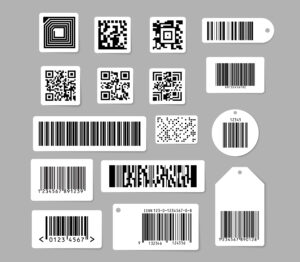
Once compliance and useful information are in place, the final step is making the label attractive and marketable. After all, even the safest and most transparent product needs to be noticed on a crowded shelf.
Successful labels in Europe balance readability with visual appeal. The required details are presented clearly, without clutter, while design elements—colors, fonts, and imagery—reflect the brand identity. Front-of-pack cues, such as EU organic logos, PDO/PGI marks, or nutritional “traffic light” systems, give consumers quick information at a glance.
More and more, labels are also becoming interactive. QR codes can link to recipe ideas, sustainability reports, or behind-the-scenes videos of the production process. This creates a digital bridge between the product and the consumer, extending the brand story beyond the supermarket aisle.
When done well, labels do more than inform—they inspire. They reassure the consumer that the product is safe, high-quality, and aligned with their values, while also persuading them to choose it over the competition.
The Role of Altinteg and the Food Safety Alliance

This is exactly where the partnership of Altinteg and the Food Safety Alliance comes in. Our role is to help companies create labels that succeed on all three levels:
- They comply with European regulations.
- They add value through transparency and voluntary information.
- They attract customers with strong, clear, and appealing design.
Through free consultation, quality audits, and digital solutions such as RFID and QR-based traceability, we ensure that labels are not just technically correct, but also strategically smart. In a market as competitive and highly regulated as Europe’s, this approach is not optional—it’s essential.
Conclusion

In Europe, food labels have become a critical touchpoint between businesses and consumers. They are where compliance meets creativity, where safety meets storytelling. Companies that treat labeling as both a quality assurance responsibility and a marketing opportunity will not only protect their customers, but also strengthen their brand and grow their market share.
At Altinteg, supported by the Food Safety Alliance, we believe that a great label is more than packaging—it’s a promise. A promise of safety, of transparency, and of value. And in today’s market, that promise makes all the difference.
